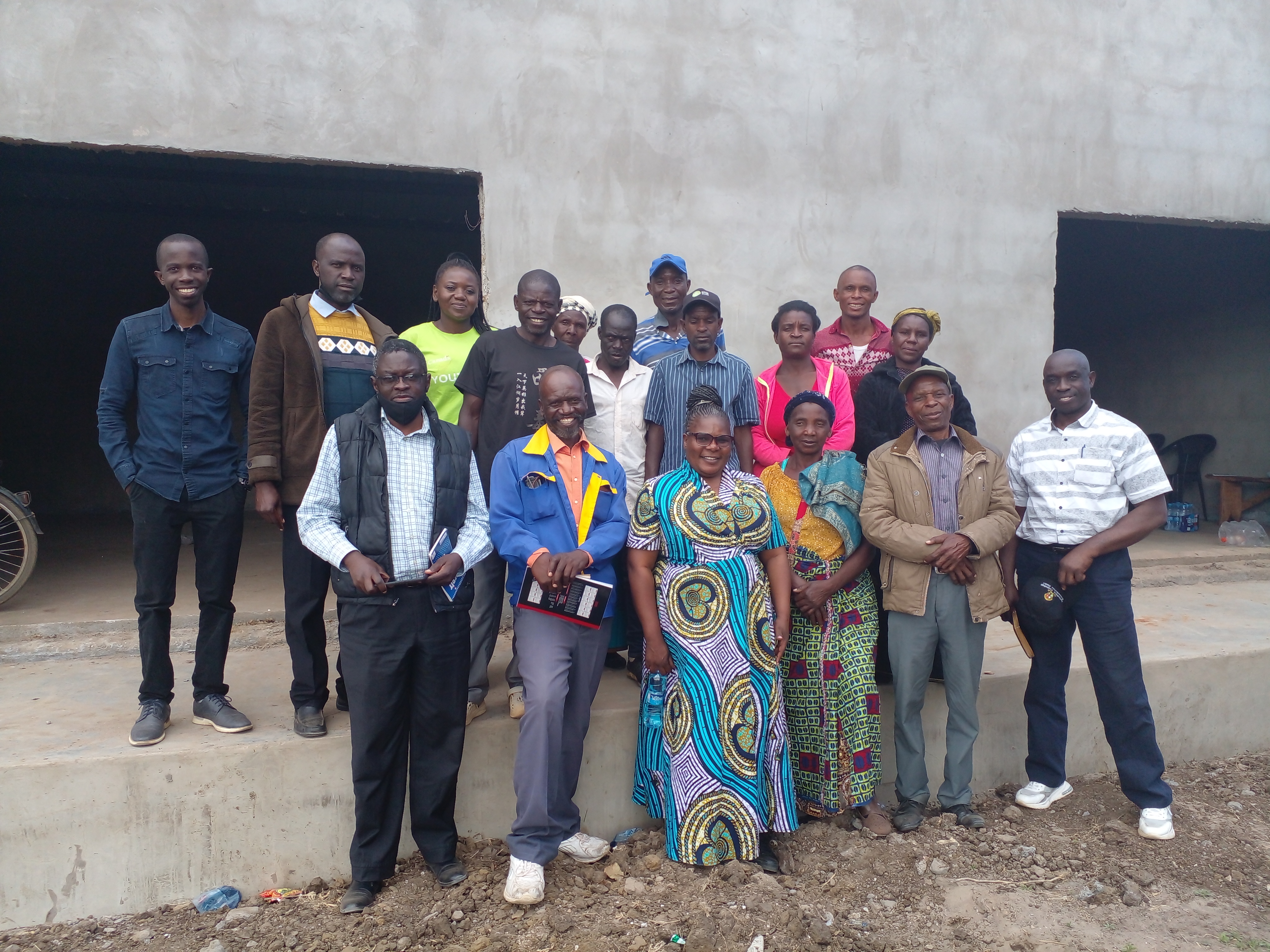ICT - Powering Behavior Change in Agricultural Extensions
Of the more than one billion global poor, 75 percent live in rural areas and most of these people depend on agriculture to survive. Enhancing farmers’ and agricultural workers’ livelihoods is thus key to addressing global poverty. While there are many problems, poor farmers regularly identify the most important as: 1) access to credit, 2) access to better market prices and 3) access to credible, relevant information.
The aspect of information access has received increasing attention, especially in terms of the potential role of Information Communication Technology (ICT) to connect farmers with the information they need. ICT has already been shown to have the capacity to dramatically expand communication and improve access to information (and facilitate monetary transfers). However, the question more recently has been, how can the promise of ICT be realistically harnessed to help the world’s rural poor?
Mark Bell, Feed The Future. ICT - Powering Behavior Change in Agricultural Extensions, 2015.













